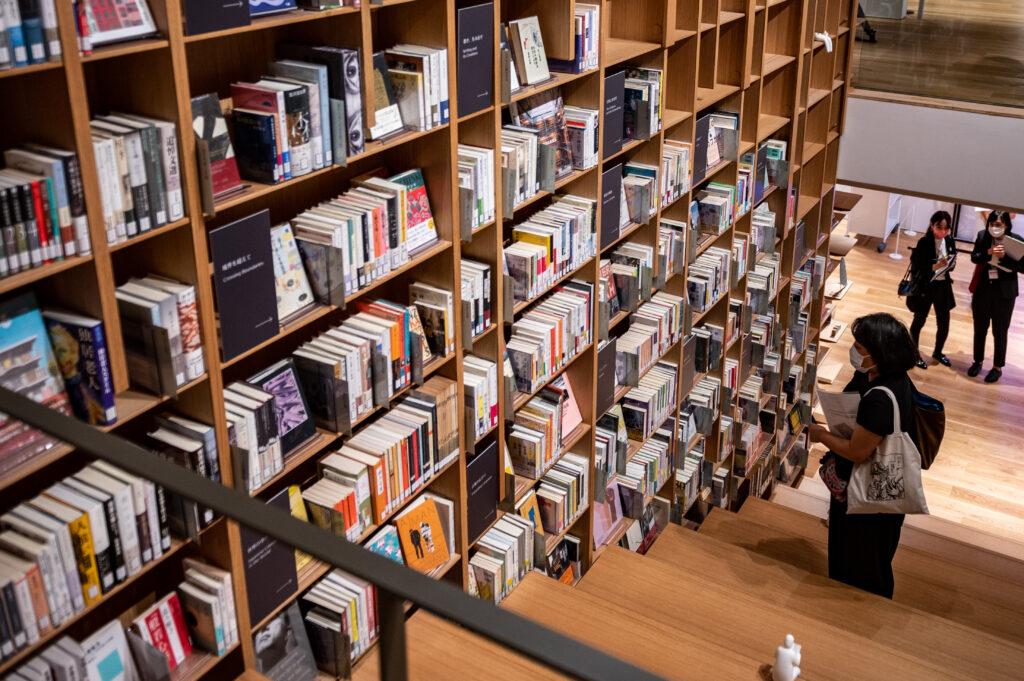
- ARAB NEWS
- 02 Aug 2025

TOKYO: Japan has dropped to 13th place in the ranking of high-quality research papers and has even been surpassed by Iran, according to a survey conducted by the National Institute of Science and Technology Policy (NISTEP).
Meanwhile, Chinese researchers are boosting their citation counts by citing each other’s papers within China. This indicates a changing landscape in the academic ecosystem that has traditionally been led by Western nations.
NISTEP’s “Science and Technology Indicators” and “Benchmarks for Scientific Research” analyze scientific and technological activities using quantitative metrics such as research papers and patents.
In the ranking of the top 10 percent most-cited papers, Japan slipped from 12th place in 2022 to 13th place.
Although the total number of papers increased by 4.6 percent, from an average of 77,500 between 2019 and 2021, compared to an average of 67,688 between 2018 and 2020, the number of highly cited papers did not see significant growth. While there isn’t a substantial meaning to the rank fluctuation, the fact that Iran has caught up with Japan is significant.
An examination of Iran’s academic realm revealed a tripling of the number of doctoral students in graduate programs over a decade. Iran has a higher number of doctoral students per capita than Japan.
Iran has seen growth in the number of papers in fields such engineering, particularly in energy-related areas. A survey of scientific journals with numerous papers from Iran showed that these papers were being cited by researchers from countries such as China, India, Saudi Arabia and Pakistan.
China’s papers had 61 percent of their citations from within the country. Such a mutual assistance relationship that artificially elevates the quality of papers has been criticized as “citation magic.” In the US, a country capable of funding research domestically, this figure was 29 percent and in Japan it was19%. Citation count has been used as an indicator of a paper’s attention and quality.
The NISTEP survey indicates that the number of foreign students coming to Japan is decreasing. The number of Japanese graduate students in the US decreased from 2,508 in 2007 to 900 in 2020.